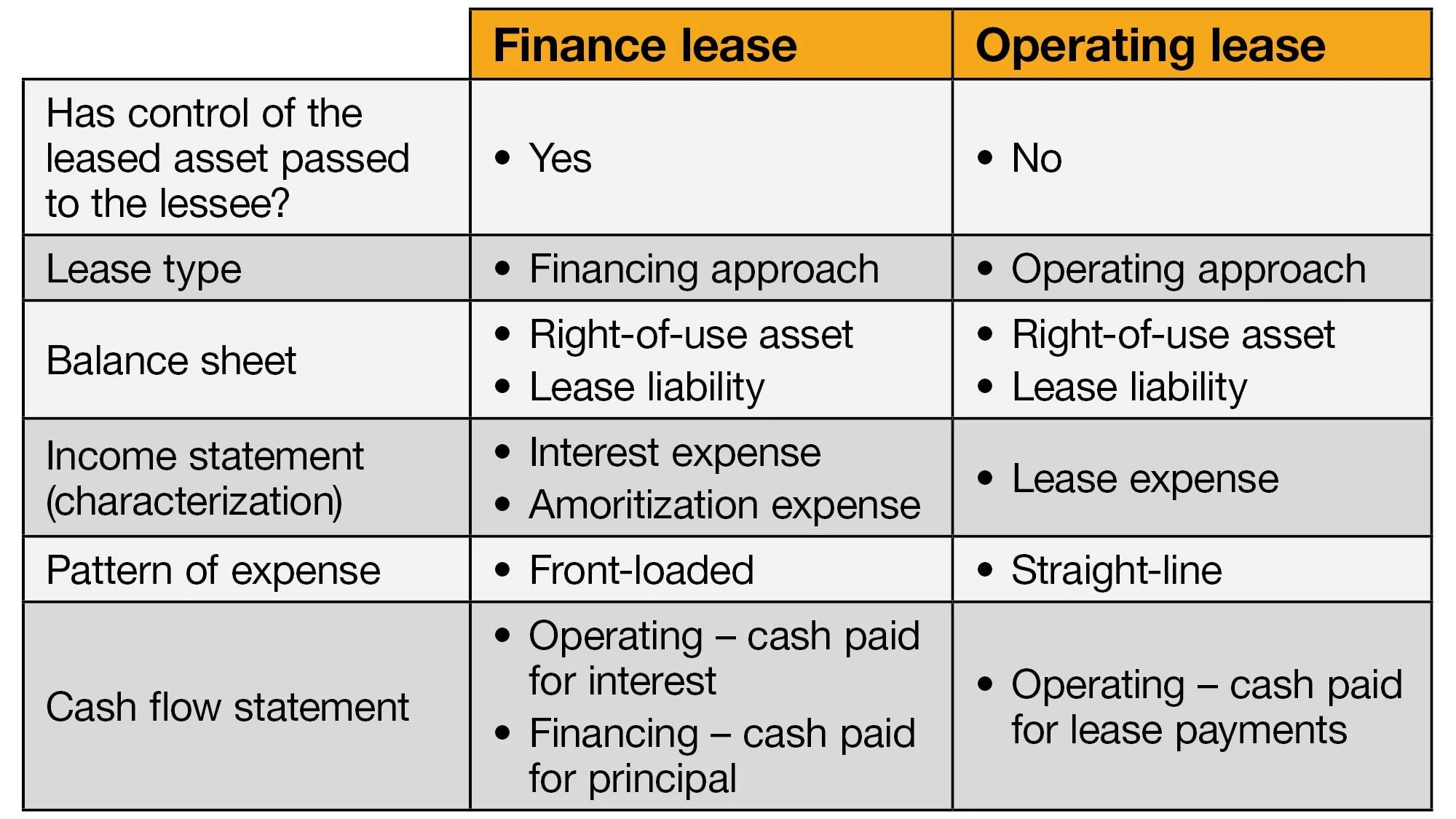Home>Finance>Point-of-Service (POS) Plan: Definition, Pros & Cons, Vs. HMOÂ


Finance
Point-of-Service (POS) Plan: Definition, Pros & Cons, Vs. HMOÂ
Published: January 8, 2024
Learn about Point-of-Service (POS) Plans in the finance industry. Discover the definition, pros, and cons of POS plans compared to Health Maintenance Organization (HMO) plans.
(Many of the links in this article redirect to a specific reviewed product. Your purchase of these products through affiliate links helps to generate commission for LiveWell, at no extra cost. Learn more)
Understanding Point-of-Service (POS) Plans
Are you exploring different healthcare plans and trying to decide which one is best for you and your family? One option to consider is a Point-of-Service (POS) plan. In this article, we’ll define POS plans, discuss their pros and cons, and compare them to another common healthcare plan option known as the Health Maintenance Organization (HMO).
Key Takeaways:
- Point-of-Service (POS) plans are a type of healthcare plan that combines features of Health Maintenance Organization (HMO) and Preferred Provider Organization (PPO) plans.
- POS plans offer more flexibility than HMO plans by allowing members to receive care both in and out of network, but at a higher out-of-pocket cost.
Definition of Point-of-Service (POS) Plans
A Point-of-Service (POS) plan is a type of managed care health insurance plan that combines elements of both HMO and PPO plans. Like an HMO, POS plans require members to choose a primary care physician (PCP) who coordinates their care and provides referrals to specialists within the network. However, unlike an HMO, POS plans also give members the option to seek care outside of the network, but at a higher cost.
Pros of Point-of-Service (POS) Plans
Choosing a POS plan comes with several advantages. Here are some of the pros:
- Flexibility: POS plans offer more flexibility than traditional HMO plans. Members have the freedom to choose any healthcare provider and can receive care both in and out of network. This can be particularly beneficial for individuals who need specialized care or live in areas with limited network providers.
- Coordination of Care: Like HMO plans, POS plans require members to select a primary care physician (PCP). This PCP acts as a gatekeeper, coordinating the member’s care and providing referrals to specialists. This coordinated approach ensures continuity of care and can help prevent fragmented healthcare experiences.
- Cost Control: POS plans typically offer lower monthly premiums compared to PPO plans, making them more affordable for individuals and families. Additionally, members can save on out-of-pocket costs by staying within the network.
Cons of Point-of-Service (POS) Plans
While POS plans have their advantages, it’s important to consider the potential drawbacks as well. Here are some of the cons of POS plans:
- Out-of-Network Costs: One of the major downsides of POS plans is the higher cost associated with receiving care outside of the network. Members who choose to go out of network may face substantial out-of-pocket expenses, including higher deductibles, coinsurance, and co-pays.
- Limited Network: While POS plans offer more flexibility than HMO plans, they still have a network of preferred providers. Depending on the plan, the network may be limited in certain geographic areas, making it important to check for network availability before enrolling.
- Referral Requirement: Like HMO plans, POS plans typically require members to obtain referrals from their primary care physician before seeing specialists. This may introduce additional steps and delays in accessing specialized care.
Point-of-Service (POS) Plans vs. HMO Plans
When comparing POS plans to HMO plans, it’s important to note the key differences:
- Network Flexibility: POS plans offer more flexibility by allowing members to receive care both in and out of network, whereas HMO plans typically require members to stay within the network.
- Out-of-Network Costs: POS plans have higher out-of-pocket costs for patients who choose to go out of network. HMO plans generally do not cover out-of-network care, except in cases of emergency.
- Referral Requirement: Both POS and HMO plans require members to select a primary care physician (PCP). However, POS plans give members the freedom to see specialists without a referral, whereas HMO plans typically require referrals for specialist care.
In summary, Point-of-Service (POS) plans offer a middle ground between HMO and PPO plans. They provide more flexibility than HMO plans but at a higher cost. POS plans can be a suitable choice for individuals who value network flexibility and are willing to pay extra for out-of-network care when needed. However, it is important to carefully review the provider network and understand the potential out-of-pocket costs before choosing a POS plan.














